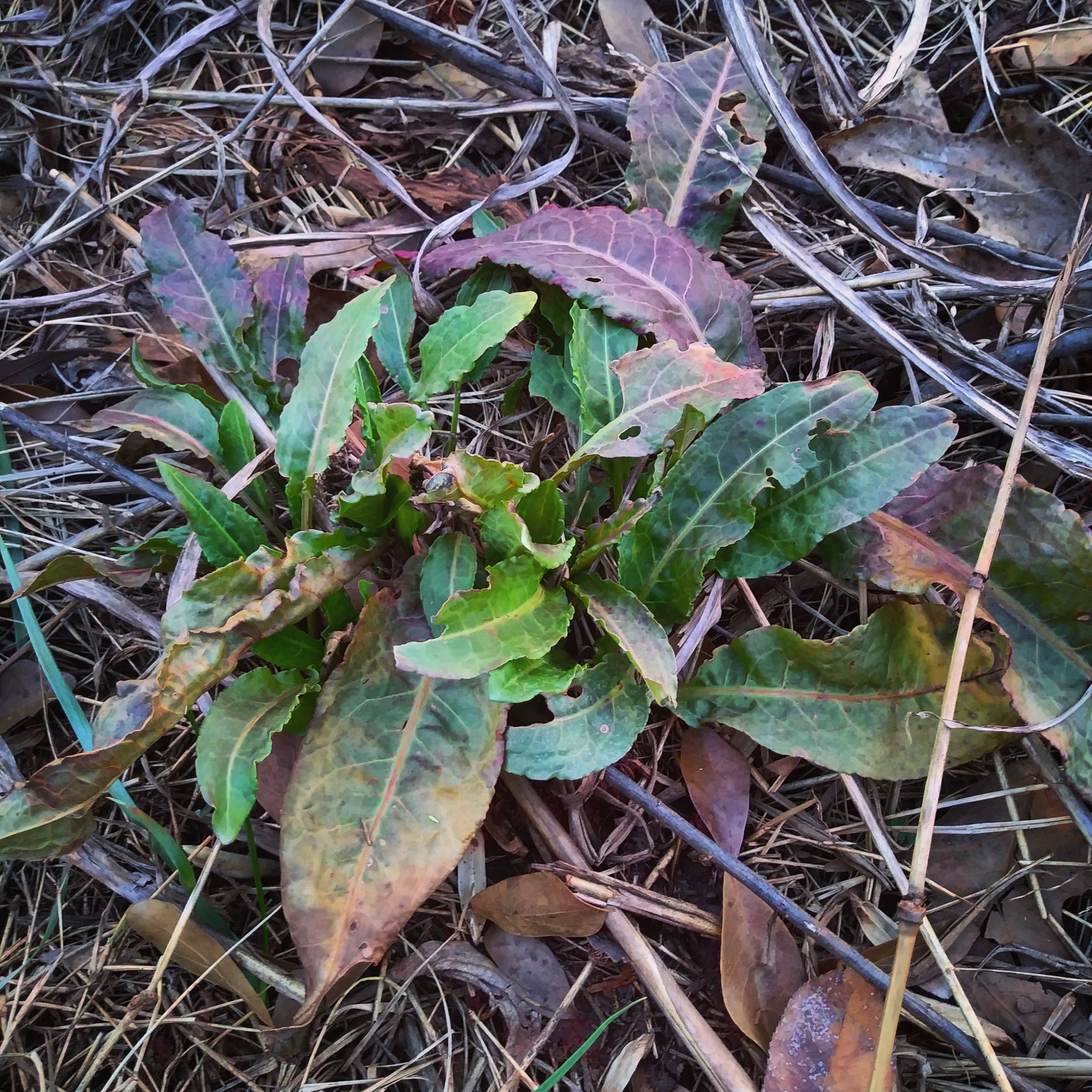“Henbit season is actually tapering off – it prefers cooler temperatures and rarely thrives in the hottest parts of summer except in cool, moist areas. But it’s still out there, so if you want to try it this year, get it while the getting’s good! Like so many of the plants we’ve covered, check your lawn first.”
Read moreWild Edible Wednesday 4/10 - Common Vetch
“Vetch has fed humans for thousands of years. It’s been a forgotten companion to us that helped us leave the nomadic lifestyle of the stone age, settle down, and build civilizations. Although it’s rarely eaten in the modern era, you owe it to your ancient ancestors to give it a shot and eat it at least a time or two.”
Read moreWild Edible Wednesday 3/27 - Eastern Redbud
“Redbud seems to have taken root in the culture of whatever area it grows in. For most native tribes, the charcoal from redbud wood was the color of choice for their black war paint, which symbolized power and aggression.”
Read moreWild Edible Wednesday 3/20 - Chickweed
“Chickweed is one of the hardiest and most common plants on earth. Native to northern Europe, it has naturalized on every continent – even Antarctica.”
Read more#WildEdibleWednesday 8/22 - Staghorn Sumac
Dramatic and exotic-looking with its bright red fruiting bodies, sumac is part of the Anacardiaceae family of plants that includes cashews, mangoes, and pistachios, as well as Brazilian pepper, poison ivy, and poison oak.
Read more#WildEdibleWednesday 7/25 - Maypop Passionflower
“Before all children everywhere became locked on iPad screens, kids in the country used to have fights with green maypops. They’re a uniform shape and easy to throw accurately, and they raise a good welt if you throw them hard. They make an awesome hand grenade if you’re nine years old and have an active imagination. (I may or may not be speaking from experience.)”
Read more#WildEdibleWednesday 7/11 - Golden Chanterelle
I was hiking through Shenandoah National Park in northern Virginia and happened upon a kindly old man and his wife picking mushrooms. I asked what he was harvesting and he replied, “Chanterelles. They’re the best mushrooms in the world. You want some?”
Read more#WildEdibleWednesday 6/27 - Blackberry
“Although they grow all over the world, blackberries are about as all-American as it gets. They’re a part of our culture, especially in the South. I have many fond memories of picking blackberries with friends and family, and then enjoying a cobbler fresh out of the oven with vanilla ice cream that evening.”
Read more#WildEdibleWednesday 6/20 - Bull Thistle
Most plants in the Aster family are beautiful, delicate, meadow flowers that are the kind of thing you’d pick for your lady friend or that an artist would paint a still life of. Not bull thistle. Oh, naw. It looks like it came straight out of Little Shop of Horrors, and if you don’t cut it down, it’ll break into song and try to eat Rick Moranis.
Read more#WildEdibleWednesday 4/4 - Purple Dead Nettle
Although it sounds like an alt-metalcore band name (at least to me), purple dead nettle is another common “lawn weed” that you’ve probably walked by every day without knowing what it was.
Read more#WildEdibleWednesday 3/28 - Wild Mustard
During the oppressive, impoverished years of Reconstruction in the South, mustard greens made up a large part of the diet of most poor farmers in rural areas, like my ancestors in the west end of Pickens County.
Read more#WildEdibleWednesday 3/21 - Common Blue Violet
Violets have a long association with the coming of spring in various cultures throughout the world, which is not surprising as they’re one of the first flowers to brave the cold and bloom out in late winter.
Read more#WildEdibleWednesday 3/14 - White Clover
"The shamrock became a symbol of rebellion, worn proudly by Irish freedom fighters attempting to throw off the oppressive English rule... a three-leaved middle finger to the British Crown for the whole world to see."
Read more#WildEdibleWednesday 2/28 - Chickweed
"Chickweed is just another example of how the most valuable plants in your yard are probably the ones you’ve been trying to kill. Along with plantain, oxalis, lamb’s ear, burdock, dandelion, and many more, there’s a whole salad bar and pharmacy right outside your front door."
Read more#WildEdibleWednesday 2/14 - Wild Onion
"One of the most effective traditional uses of the plant is to crush up the leaves and rub down your whole body with them – it’s a surefire way to repel ticks, mosquitoes, biting flies, fleas, and other humans."
Read more#WildEdibleWednesday 1/24 - Wild Horseradish
"There is a compound called allyl isothiocyanate present in horseradish that is toxic to most bacteria, meaning that questionable or even outright spoiled meat could be cooked with horseradish and be considered reasonably safe to eat, and the pungent flavor would mask the taste."
Read more#WildEdibleWednesday 1/10 - American Beech
Their bark is totally smooth – the only large tree in our area that doesn’t have textured bark when mature. This bark is a perfect canvas – look hard at any mature beech and you’ll probably see names, dates, hearts, and initials carved into the bark.
Read more#WildEdibleWednesday 12/6 - Striped Wintergreen
Striped wintergreen’s primary value lies in being a powerful, reliable, year-round medicinal plant. It is a true lifesaving herb in the dead of winter, with a wide range of uses.
Read more#WildEdibleWednesday 11/29 - Hickory
"Tall, tough, and stout, hickories are among the most useful and desirable trees in the forest. Like oaks, there are a lot of different species of hickories, but also like oaks, it doesn’t really matter that much."
Read more#WildEdibleWednesday 11/22 - Red Oak
"In fact, as we celebrate Thanksgiving tomorrow… we should take a moment and remember that it was probably Indian-style acorn bread that the Separatists and Puritans of the Plymouth colony broke together with their Wampanoag allies in the very first Thanksgiving feast… a celebration of the American power to PREVAIL against all odds."
Read more



















